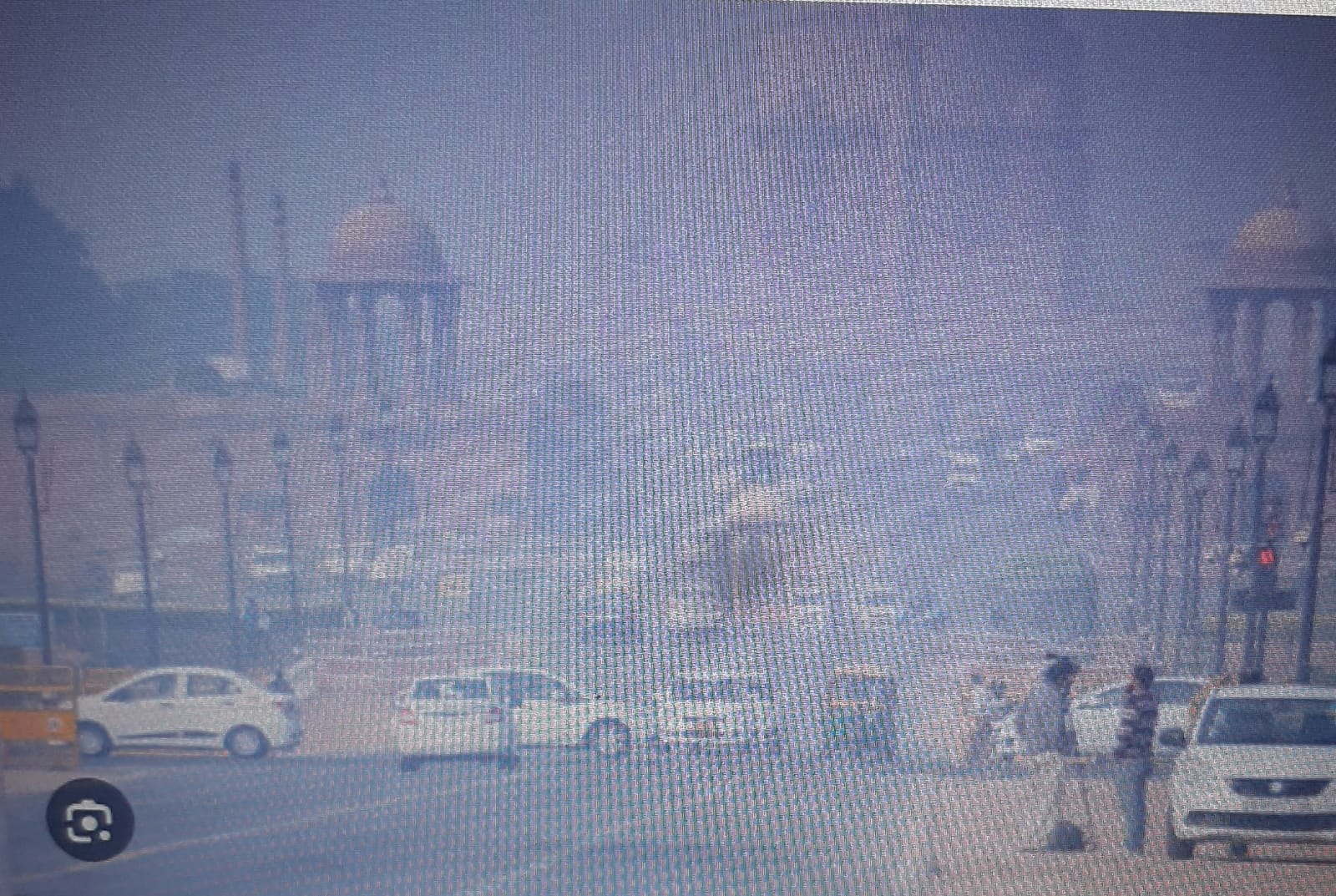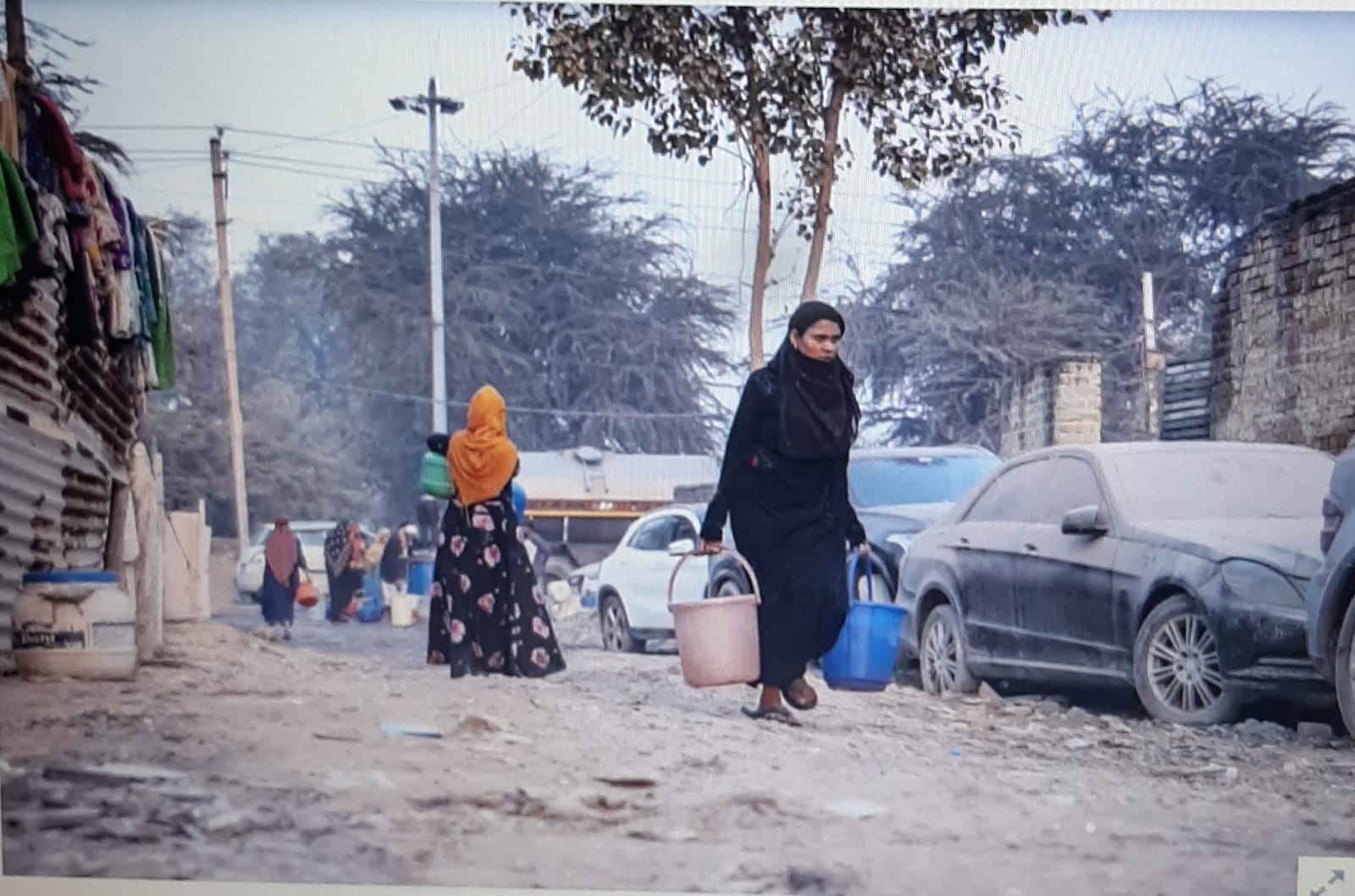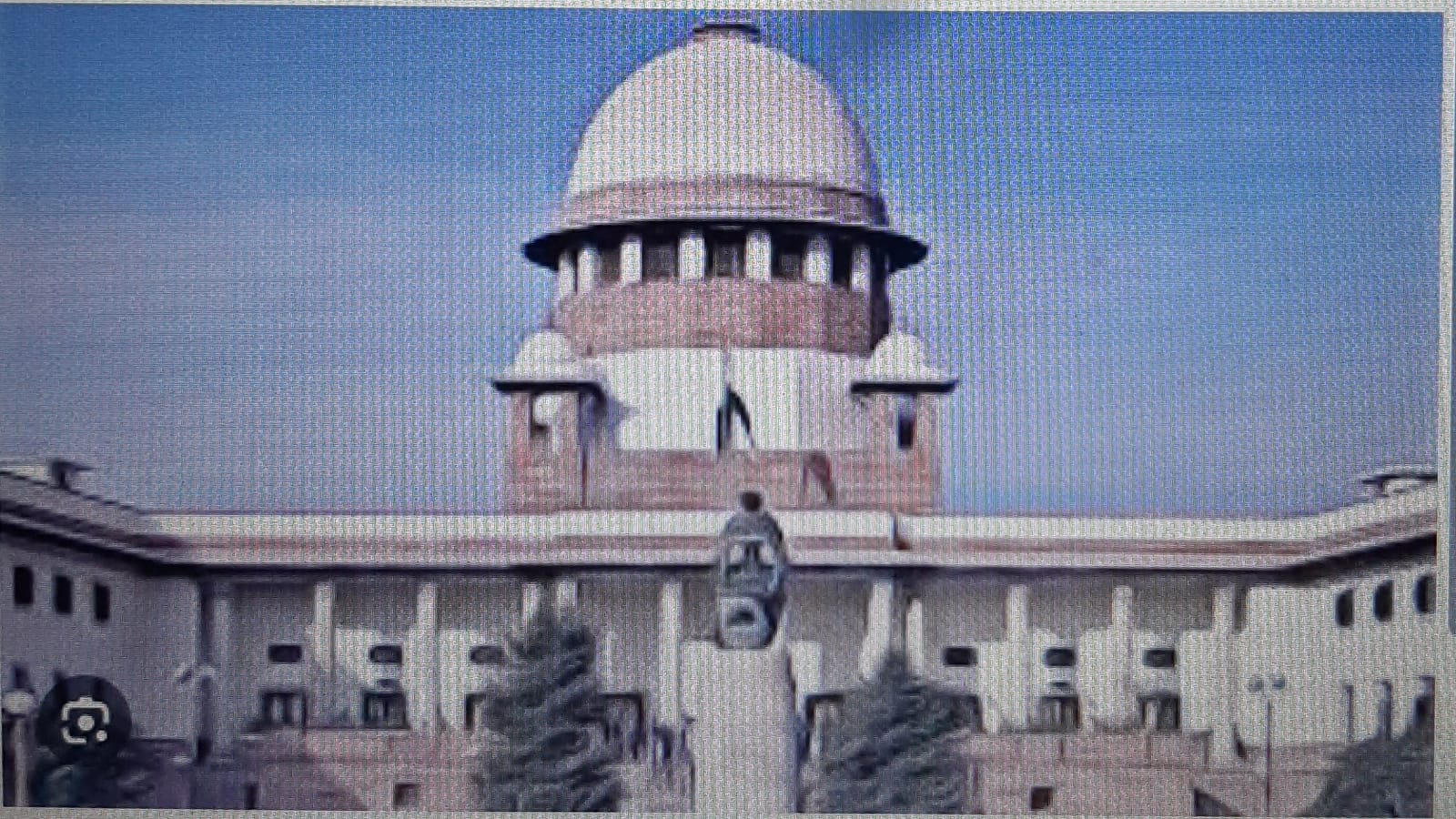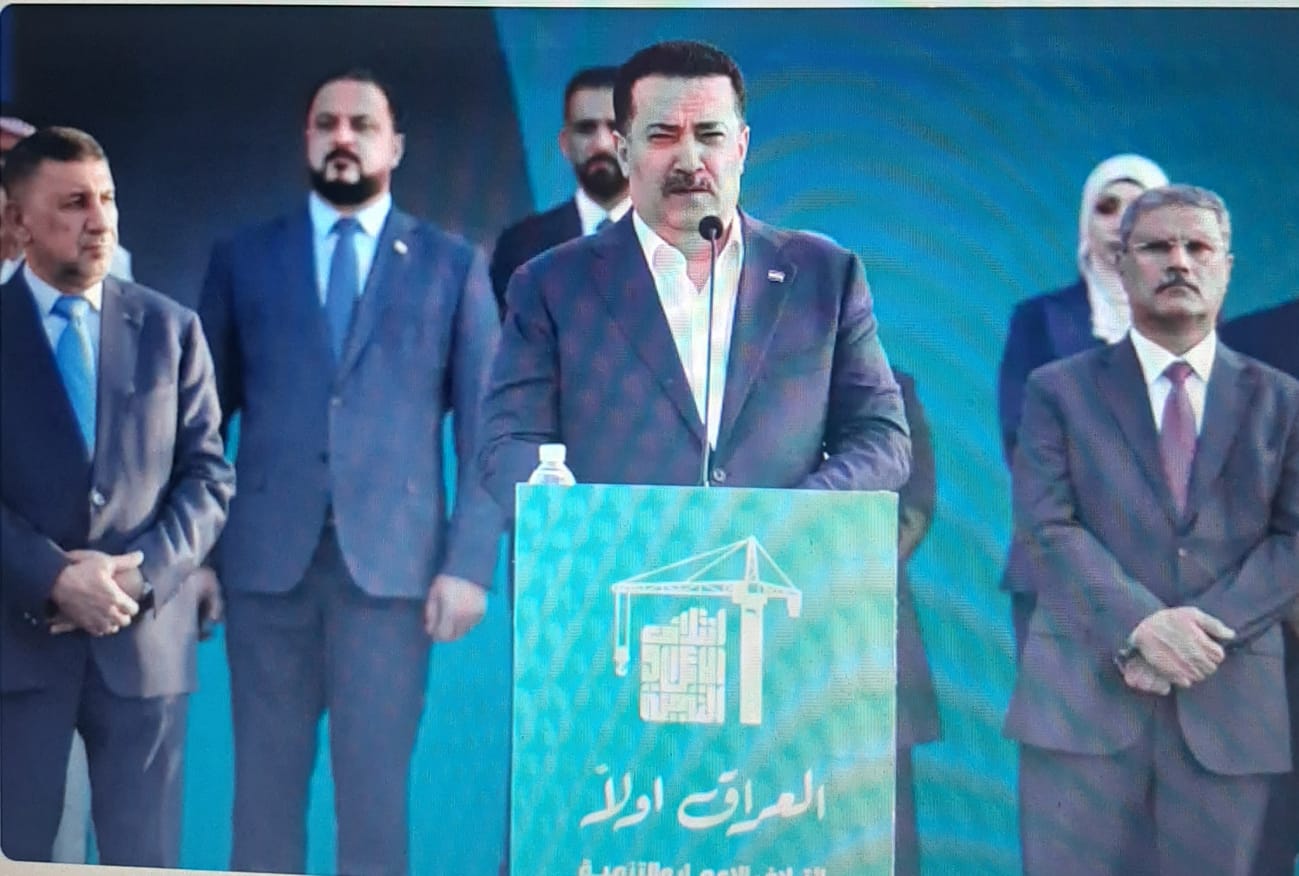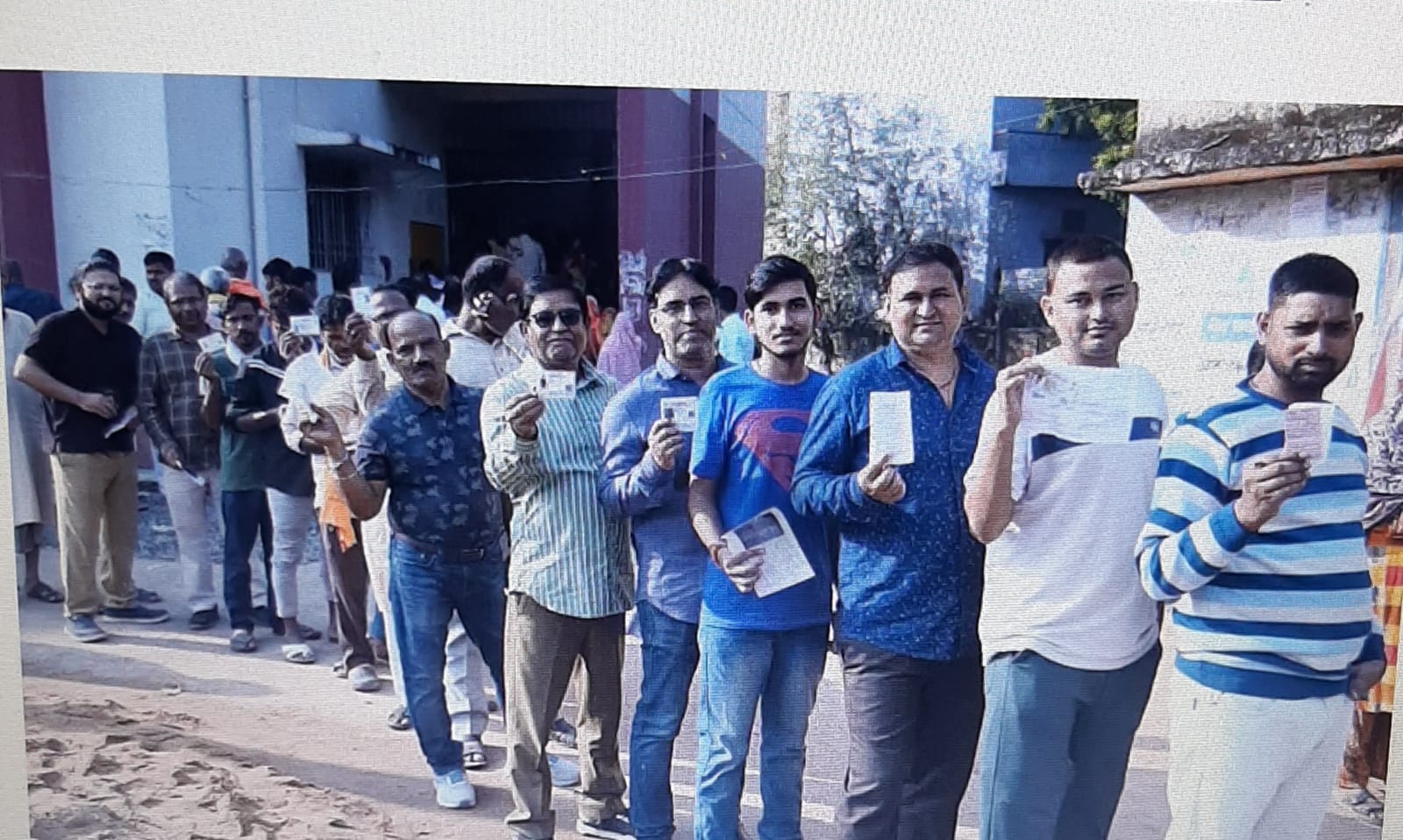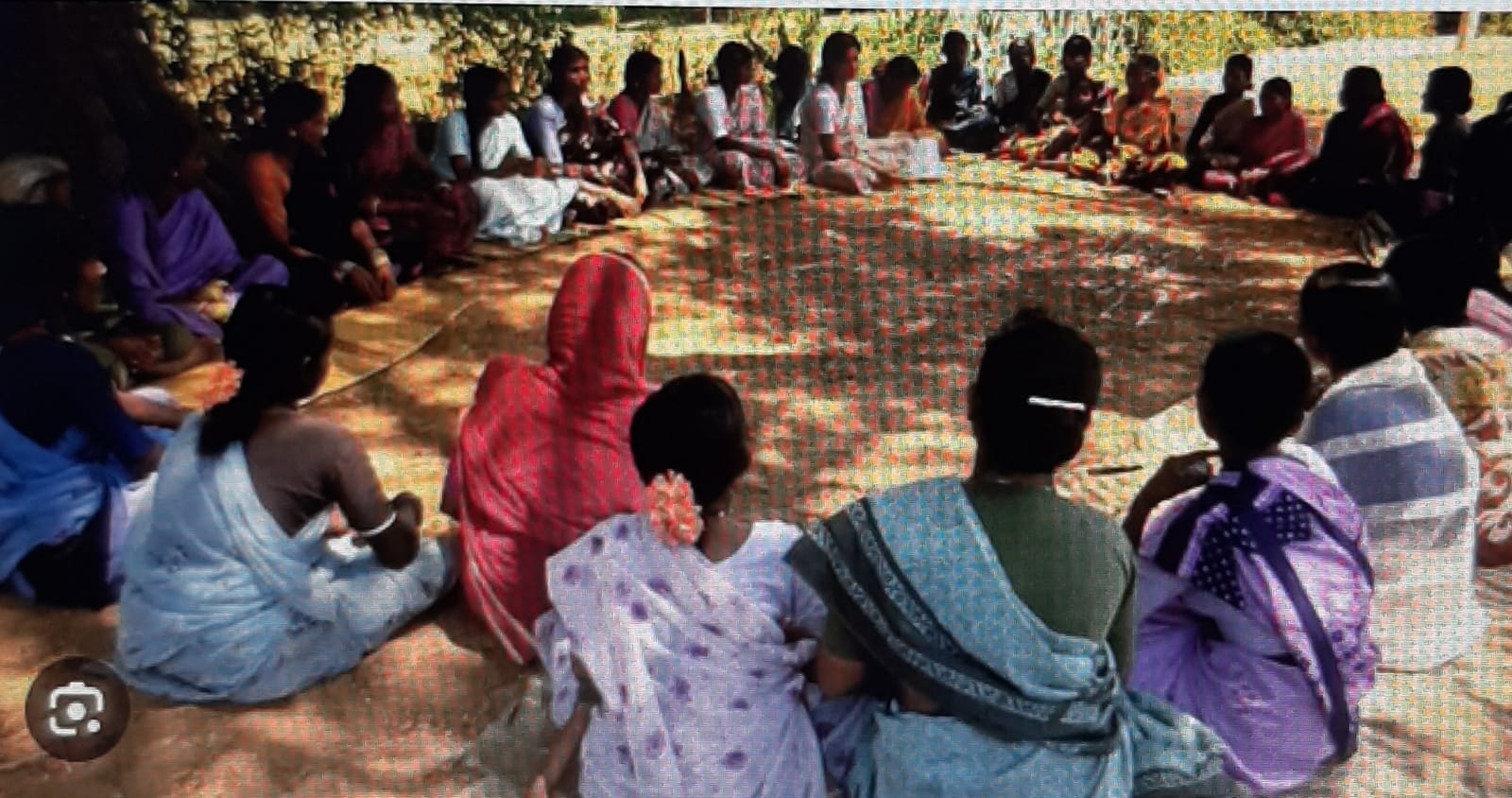
PAI is much more than ranking of GPs, Districts or States. It is a call for action. GPs faring poorly are crying out for support. We need to not only understand where funds are going or how they are being used (or misused) but also use latest data visualisation tools to make all stakeholders understand their critical role, writes former IAS officer Sunil Kumar
Evidence based decision-making has been the buzz word in Government for quite some time now. However, extent of data-based decision-making in practice remains an open question.
Critics point to the delay in conducting Census operations and releasing census data to researchers as well as other surveys carried out by Government and/or change in methodology thereby making availability of time series data difficult, as serious obstacles in evidence-based decision-making at all levels of government. Government officials point to the availability of mammoth data on the portals of different Ministries and also the National Data Sharing and Accessibility Policy (NDSAP), 2012 of Government of India. This policy intended to make non-sensitive government data available to the public in an open, accessible, & reusable format (https//:data.gov.in).
However, researchers complain that the data made available is not in a format which can be easily understood by the public or elected representatives. Citizens and even trained researchers feel overwhelmed by the voluminous data. Data visualization tools on https//:data.gov.in as well as other Government portals are relatively under-developed. Data analytics leaves a lot to be desired. Consequently, decisions continue to be made based on experience and/or intuitions of Ministers and senior bureaucrats at Union and State levels.
At the grassroots level – the Gram Panchayats, Blocks and Districts – data is only generated and fed into the system for use by senior officials at State and National HQs. Generally portals are designed to meet requirements of Heads of Departments and Secretaries and certainly not of Government functionaries and elected representatives at District, Block or Gram Panchayat levels. Thus, we always get the ‘mega picture’ and hardly ever the ‘micro picture’. Bigger the picture, greater the scope for figures to remain ‘statistics’ and never assume a ‘name and face’. Data at Gram Panchayat level gets linked to a household and family and so becomes difficult to ignore if presented in an easily understandable form to residents.
It is in this context that the magnitude of the work that has gone into the making of Panchayat Advancement Index (PAI) Baseline Report 2022-23 (officially released on 8th April, 2025 by Ministry of Panchayati Raj) needs to be understood. PAI is a composite Index & has been compiled based on 435 unique local Indicators (331 mandatory & 104 optional) consisting of 566 unique data points across 9 themes of LSDGs (Localization of Sustainable Development Goals) aligned with National Indicator Framework (NIF) of the Ministry of Statistics and Programme Implementation. Validated data relating to over 2.16 lakh Gram Panchayats have been analysed and presented in a form where even a Sarpanch or Ward Member can understand (with some support) not only where their GP stands vis a vis the nine LSDGs but also what needs to be done to achieve them. Data relating to slightly over 11,000 GPs were not included in PAI as they could not be validated as per the laid down procedure. While 25 States/UTs provided validated data of almost 100 percent GPs, it is a matter of serious concern that Uttar Pradesh provided data for only 23,207 GPs (40%) out of its 57,702 GPs. This omission raises serious questions about the state of development in UP.
The PAI portal (www.pai.gov.in) can serve as a useful tool for officials of line departments. Constituency wise report generation facility can prove very useful for even MPs and MLAs if they wish to make specific intervention in respect of any LSDG.
It is a dramatic shift that data has now been linked to outcome. For instance, is the GP really a Healthy Panchayat? Gaps can now be easily identified and plugged in a short period. Further, the role of all stakeholders such as the individual, community, elected representatives and frontline workers would also suggest themselves. Excellent coordination between the frontline workers of development departments such as Rural Development, Panchayati Raj, Education, Health, Drinking Water etc. and elected Panchayat representatives and Civil Society Organizations (CSOs) is seen as a very important factor in the good performance of GPs on PAI.
It would be ideal if over 4000 institutions linked with Unnat Bharat Abhiyaan undertake detailed study of at least five Gram Panchayats located in their vicinity and explain to the community the implications of their PAI score and what could be done by them to improve their score. Handholding of GPs by these institutions and CSOs would go a long way in supplementing the role of departmental officials and attaining the SDGs.
The PAI score card also has implications for how Corporate Social Responsibility (CSR) funds, District Mineral Fund (DMF), MPLADS and MLALADS among others can be used for realization of SDGs by 2030.
There is urgent need to provide trained data analysts at Block and District Panchayat level who can prepare and provide regular report cards for various stakeholders. More than Union Government, PAI can be a gamechanger for State and Local Governments. Similar Achievement Index should also be formulated for urban local governments. Baseline PAI report should be followed by publications of reports at regular intervals especially after the difficult groundwork has been done.
In my view, PAI is much more than ranking of GPs, Districts or States. It is a call for action. GPs faring poorly are crying out for support. We need to not only understand where funds are going or how they are being used (or misused) but also use latest data visualisation tools to make all stakeholders understand their critical role and join hands in the goal of making India’s march forward on the path of development at an unprecedented pace a reality.
(Sunil Kumar is a visiting faculty in Gokhale Institute of Politics and Economics and a member of Pune International Centre. He is also a former civil servant. Views expressed above are personal.)


